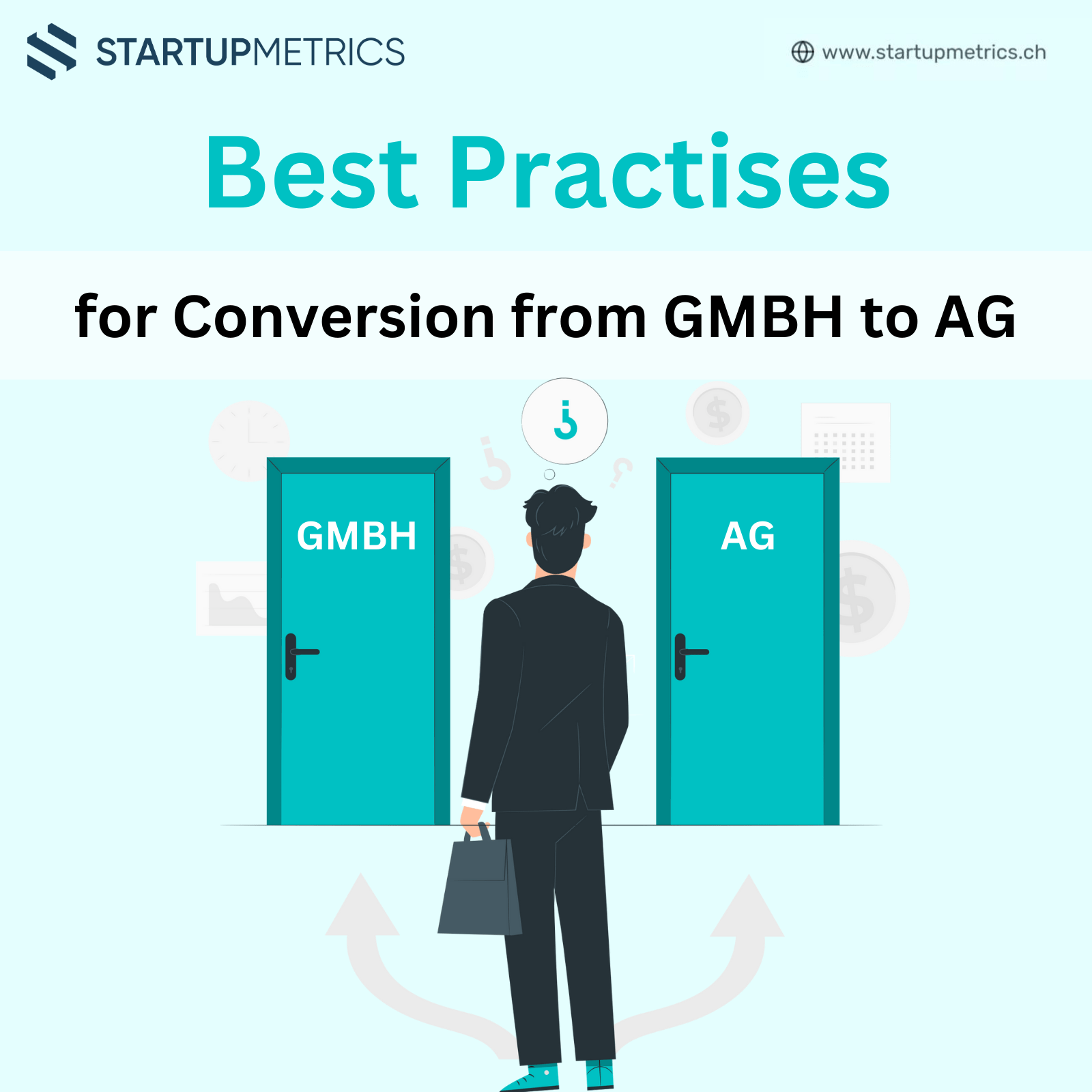How does business activity monitoring and controlling assist you in achieving your revenue targets?
15.02.2023
Revenue is the main value driver of any early-stage startup. Achieving your revenue targets is crucial for stakeholders, including investors and employees. A business activity monitoring and controlling (BAMC) system can support you in reaching these goals by providing actionable insights into your organization’s activities. Let’s explore how BAMC can help you achieve your revenue objectives.
The Role of Business Activity Monitoring and Controlling in Revenue Growth
Revenue is the financial result of your organization’s activities. The variables that most influence this result are strategy, research and development (R&D), marketing and sales, and production. A BAMC system identifies opportunities and weaknesses in these four areas.
1. Strategy
Strategic Decisions Impact Revenue
- Value Proposition:
- Your value proposition defines how your product or service meets the needs of your target customers. A compelling value proposition can drive customer acquisition and retention, leading to revenue growth.
- Market Positioning:
- How you position your product in the market affects your brand perception and competitiveness. Effective positioning can attract more customers and justify premium pricing.
- Customer Targets:
- Identifying and focusing on the right customer segments ensures that your marketing and sales efforts are directed towards the most profitable audiences.
- Pricing Strategy:
- Pricing significantly impacts revenue growth, customer lifetime value (CLV), and customer acquisition costs (CAC). A BAMC system tracks these metrics to provide feedback on the effectiveness of your pricing strategy.
Tracking Metrics to Adjust Strategy
- Customer Lifetime Value (CLV):
- CLV measures the total revenue a customer generates during their relationship with your company. Tracking CLV helps you understand the long-term value of different customer segments.
- Customer Acquisition Cost (CAC):
- CAC calculates the cost of acquiring a new customer. Monitoring CAC allows you to evaluate the efficiency of your marketing and sales efforts.
- Revenue Growth Rate:
- Tracking your revenue growth rate provides insight into the overall health and progress of your business. It indicates whether your strategies are driving sustainable growth.
2. Research and Development (R&D)
R&D Translates Value Proposition into Marketable Products
- Product Development:
- R&D activities transform your value proposition into tangible products or services that meet customer needs. Effective R&D can enhance customer satisfaction and gross profit.
- Innovation:
- Continuous innovation in R&D keeps your products competitive and attractive to customers.
Metrics to Track in R&D
- Customer Feedback:
- Collecting and analyzing customer feedback helps you understand their needs and expectations. This feedback is crucial for improving your products and services.
- Net Promoter Score (NPS):
- NPS measures customer loyalty and satisfaction. A high NPS indicates that customers are likely to recommend your product, leading to organic growth.
- Customer Retention Rate:
- Tracking retention rates helps you identify how well you are retaining customers over time. High retention rates are indicative of strong customer satisfaction and loyalty.
- Production Time:
- Monitoring production time ensures that your R&D processes are efficient and timely. Reducing production time can accelerate product launches and improve market responsiveness.
3. Marketing and Sales
Creating a Link Between Your Organization and Customers
- Lead Generation:
- Effective marketing generates leads that can be converted into customers. Monitoring lead-generation rates helps you assess the effectiveness of your marketing campaigns.
- Sales Conversion:
- Sales activities convert leads into paying customers. Tracking conversion rates provides insights into the efficiency of your sales processes and personnel.
Metrics to Track in Marketing and Sales
- Lead Generation Rate:
- This metric measures the number of leads generated over a specific period. A high lead-generation rate indicates successful marketing efforts.
- Conversion Rate:
- Conversion rate tracks the percentage of leads that become customers. High conversion rates reflect effective sales strategies and processes.
- Sales Performance:
- Monitoring the performance of different sales and marketing employees helps identify strengths and areas for improvement. This evaluation ensures that your team is effectively driving revenue growth.
4. Production
Determining Temporary Scalability
- Capacity Utilization:
- Production capacity determines your ability to meet demand. Monitoring capacity utilization helps you decide when to scale up production by hiring additional employees or investing in new equipment.
Metrics to Track in Production
- Capacity Utilization Rate:
- This metric measures the extent to which your production capacity is being used. High utilization rates indicate efficient production processes but may also signal the need for expansion.
- Production Costs:
- Tracking production costs ensures that your production processes are cost-effective. Reducing production costs can increase profit margins.
Implementing a BAMC System
To set up a BAMC system, follow these steps:
1. Identify Key Performance Indicators (KPIs)
- Select KPIs that are critical to your business’s success, such as CLV, CAC, NPS, lead generation rate, conversion rate, and capacity utilization.
2. Collect and Analyze Data
- Use data collection tools and software to gather real-time data on your KPIs. Analyze this data to identify trends, opportunities, and weaknesses.
3. Create a Reporting Process
- Develop a regular reporting routine to track your KPIs and provide insights to stakeholders. Use dashboards and visualizations to make the data accessible and actionable.
Conclusion
Business activity monitoring and controlling systems are essential tools for achieving your revenue targets. By tracking and analyzing key metrics in strategy, R&D, marketing and sales, and production, you can identify opportunities and address weaknesses promptly. This proactive approach helps ensure that your business activities are aligned with your revenue goals, ultimately driving growth and attracting investors.
If you need assistance in setting up an effective BAMC system, contact us. We offer tailored solutions to help you monitor and control your business activities, ensuring that you achieve your revenue targets and build a successful startup.
Find out how you can set up a business activity monitoring and controlling system by yourself in three simple steps business activity monitoring and controlling.
